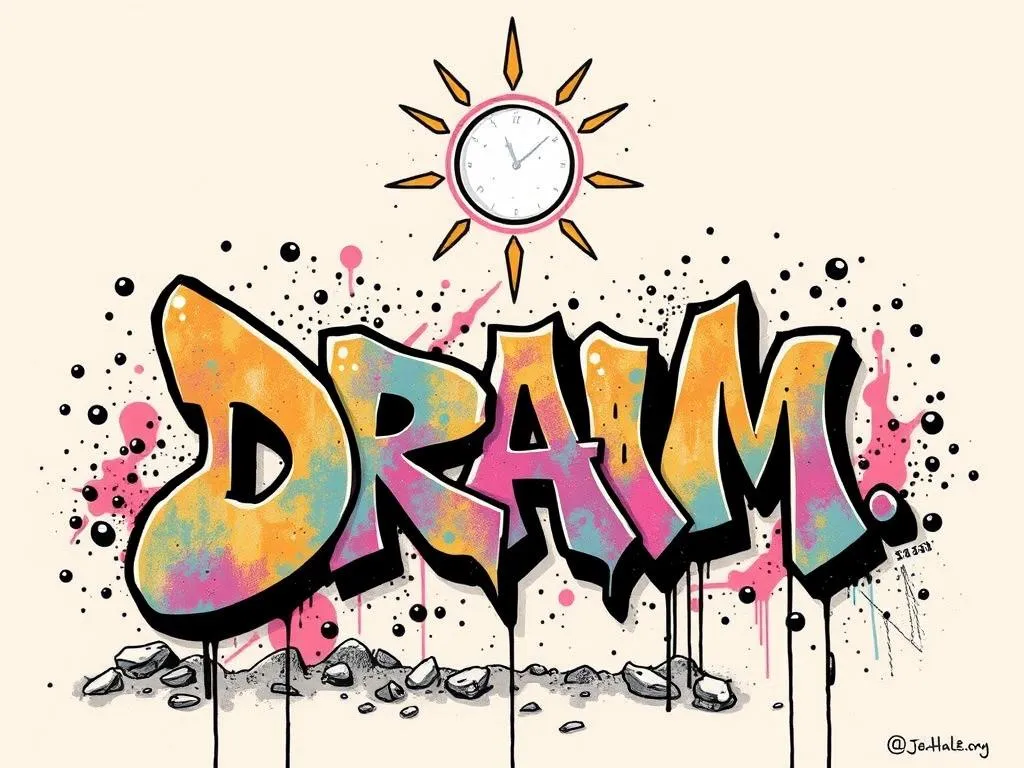Consider Common Dream Symbolism First

Dreams are a fascinating part of our subconscious mind. They can offer insights, provoke emotions, and even guide our waking lives. Consider common dream symbolism first when trying to understand the messages your dreams hold. By exploring common symbols, we can unlock deeper meanings and connections that may resonate with our daily experiences.
About Dream Symbolism
Key Characteristics
Dream symbolism often involves images, objects, or scenarios that stand for something beyond their literal meaning. For example, dreaming of a snake might not just represent the animal itself but could symbolize hidden fears or betrayal. Recognizing these characteristics helps in identifying what your dream might be trying to communicate.
- Personal Relevance: Symbolism can often be unique to the dreamer, based on personal experiences and emotions.
- Cultural Influences: Some symbols may carry specific meanings in certain cultures, affecting how they are interpreted.
- Emotional Context: The feelings you experience during a dream can greatly influence its meaning.
Symbolic Meaning
Understanding the symbolic meaning behind dreams can provide clarity. Here are a few common symbols and their general interpretations:
- Water: Represents emotions. Calm water can symbolize peace, while turbulent water may indicate turmoil.
- Flying: Often signifies freedom or a desire to escape from daily stress.
- Falling: Can reflect feelings of insecurity or loss of control.
These symbols can be interpreted differently depending on the dreamer’s personal context.
Common Contexts
Dreams can arise from various contexts in our daily lives. Here are a few common contexts that might lead to significant dream symbolism:
- Stressful Situations: High-pressure moments can lead to dreams of being chased or unprepared.
- Life Changes: Transitions, such as starting a new job or moving, may manifest as dreams of new environments or challenges.
- Relationships: Dreams about loved ones can reflect your feelings toward them or unresolved issues.
Recognizing these contexts can help you understand the emotional backdrop of your dreams.

Dream Interpretation Insights
Core Meaning
When you consider common dream symbolism first, it’s essential to look at the core meaning of your dreams. Each symbol can have layers of meaning. For example, if you dream of losing your teeth, this could symbolize a fear of aging or worry about your appearance.
- Breaking Down Symbols: Analyze each symbol in your dream individually to uncover deeper meanings.
- Look for Patterns: If you frequently dream about a specific symbol, it may point to an ongoing issue in your life.
Emotional Connections
Dreams often tap into our emotions. The feelings you experience during the dream can provide clues to its interpretation. For instance, if you feel joyous while flying, it may indicate a sense of achievement or freedom in your waking life. Conversely, if you feel fear during a dream about falling, it might reflect anxiety or uncertainty.
- Identify Emotions: Write down the emotions you felt during the dream.
- Connect to Real Life: Consider how these emotions relate to your waking experiences.
Key Messages
Many dreams come with important messages. Here are some key messages that dream symbolism might convey:
- Self-Reflection: Dreams can encourage you to reflect on your personal growth or life choices.
- Warning Signs: Sometimes dreams serve as warnings about potential dangers or unhealthy habits.
- Encouragement: Positive dreams can motivate you to pursue your goals or take risks in life.
Understanding these messages can help you navigate challenges and embrace opportunities.
Related Dream Experiences
Similar Dream Scenarios
When exploring dream symbolism, it can be helpful to consider similar dream scenarios. For example, if you frequently dream about being unprepared for an exam, you may be dealing with feelings of inadequacy in your waking life. Here are some similar scenarios:
- Being Chased: Often indicates avoidance of a problem or feeling overwhelmed.
- Naked in Public: May symbolize vulnerability or fear of being judged.
- Lost: Can reflect feelings of confusion or uncertainty about one’s path.
Seeing the connections between different dreams can illuminate recurring themes in your life.
Symbolic Links
Dreams can also have symbolic links to each other. For instance, if you dream about a storm and then a rainbow, the storm may represent challenges, while the rainbow symbolizes hope and resolution. Recognizing these links can provide a more comprehensive understanding of your dream life.
- Contrast and Resolution: Look for contrasting symbols to see how they might relate to each other.
- Recurring Themes: Identify symbols that appear in multiple dreams to recognize ongoing issues or emotions.
These symbolic links can enhance your understanding of your inner world and provide guidance.
Conclusion
In conclusion, when you consider common dream symbolism first, you embark on a journey of self-discovery. Dreams are not just random images; they are rich with meaning and can illuminate important aspects of your life. By understanding key characteristics, exploring emotional connections, and identifying key messages, you can unlock the profound insights your dreams offer.
Take time to reflect on your dreams and their symbolism. You may find that they provide the clarity or guidance you need in your waking life. Remember, each dream is an opportunity for personal growth and understanding. Embrace the messages of your subconscious and allow them to guide you on your journey.









